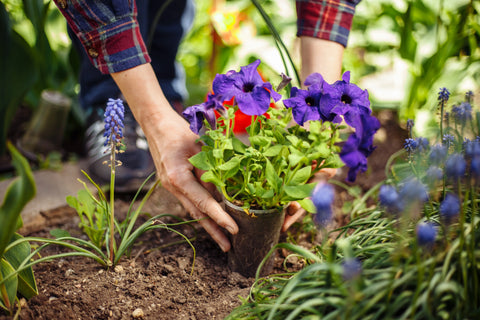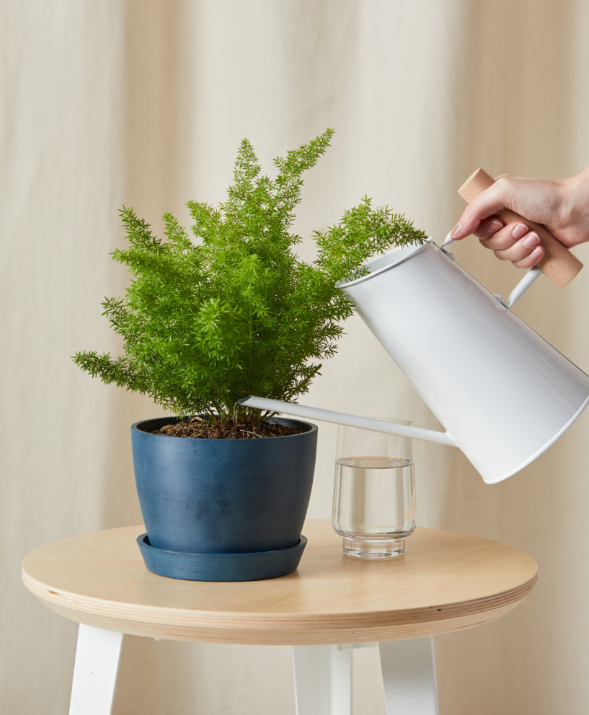Thousands of species of cacti exist in the wild, including two large groups of cacti grown as houseplants. The two subcategories include the desert cacti and the forest cacti. Indoor conditions suit both these plants and they require very little attention and are available in different sizes although plants of small to moderate size are common.
Most of desert cacti have spines or hair-like growths and its shape may be a paddle, ball, or obelisk. These plants are similar to Bromeliad succulents and are found in wooded parts of temperate forests in subtropical and tropical climates. They are scandent or epiphytic and some of the wild plants grow on trees and these are great for hanging baskets. The most famous of the ornamental forest cacti is the Christmas cactus, originating in Brazil, and having flowers of red, pink, purple, and yellow. Desert and forest cacti are slow to grow, have attractive flowers, and are some of the most hardy indoor plants.









